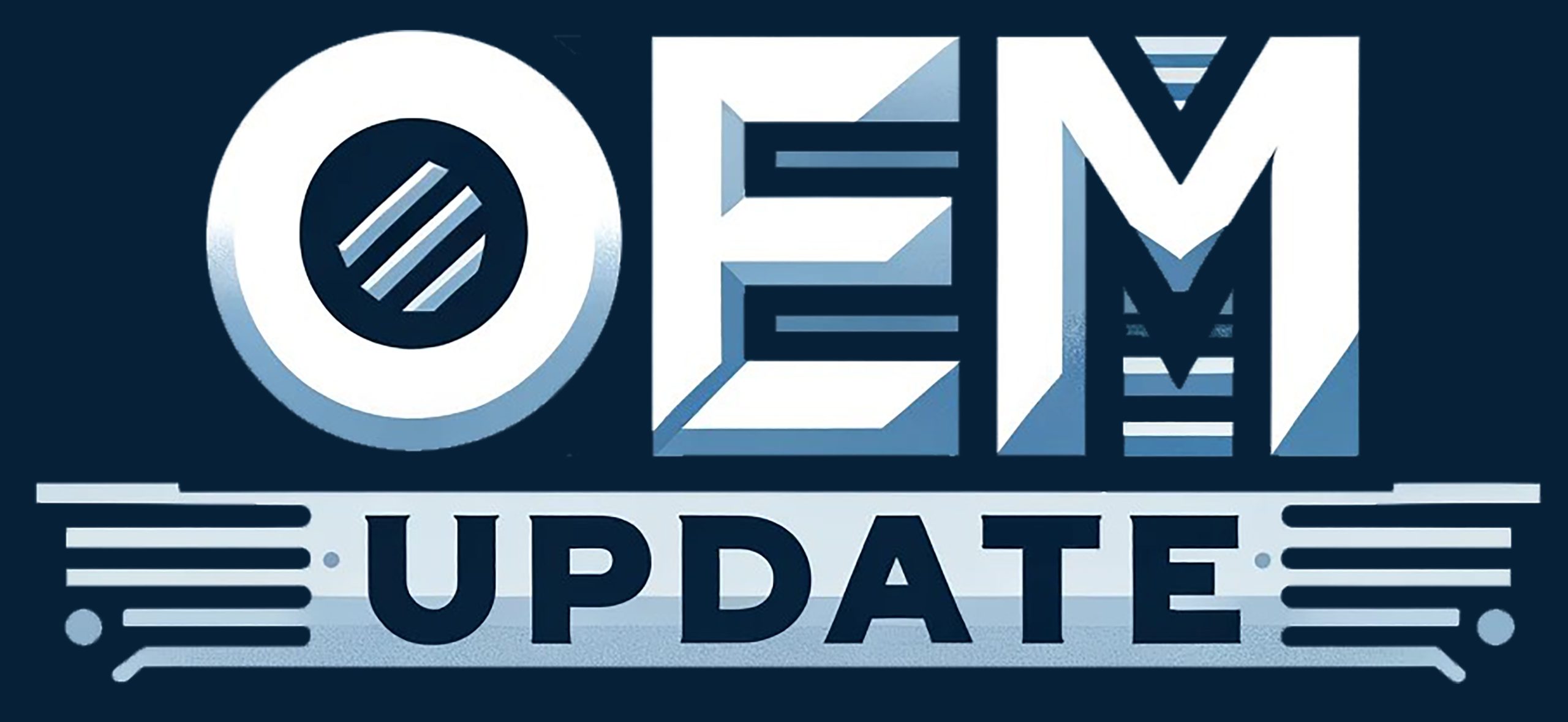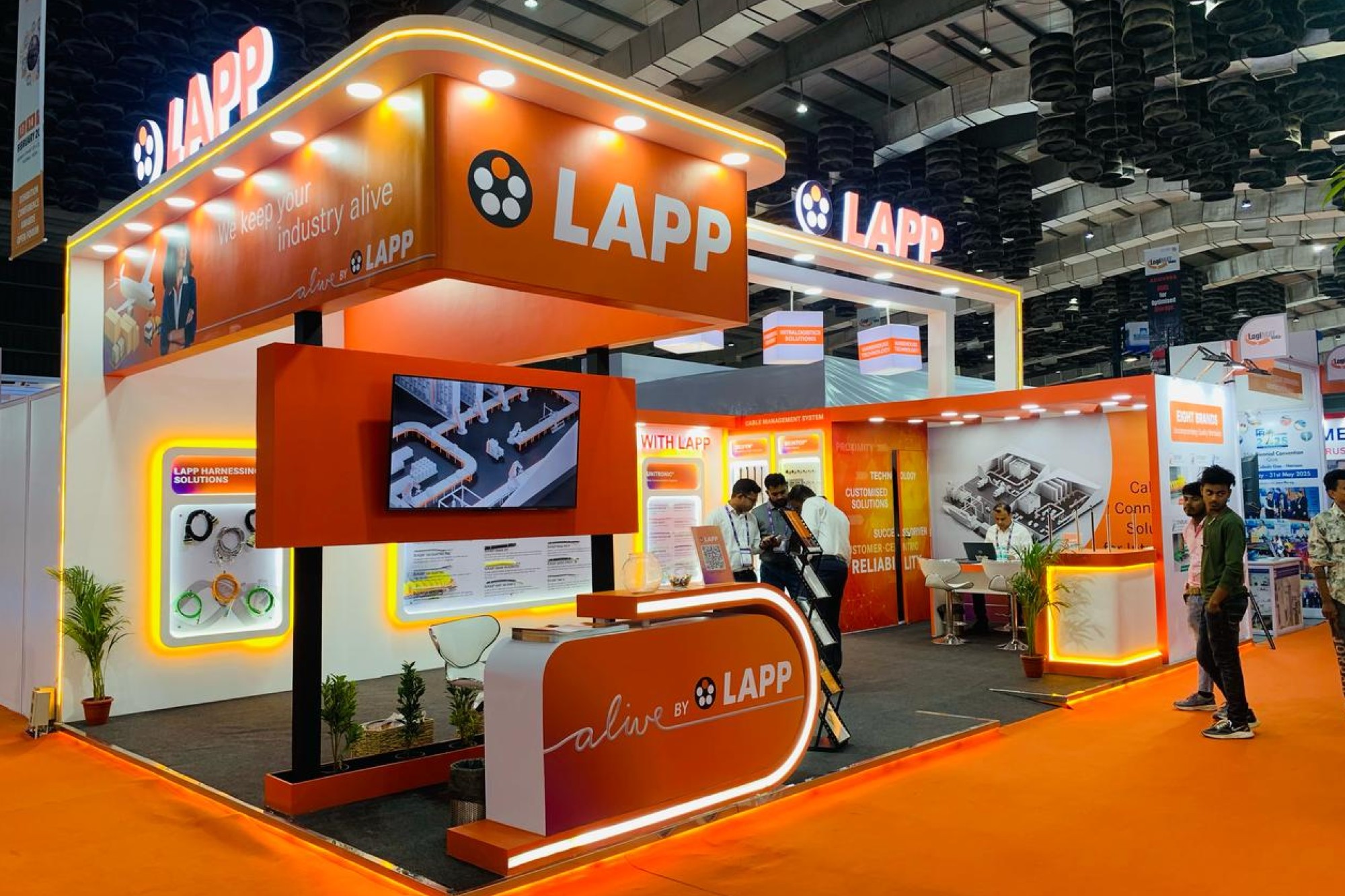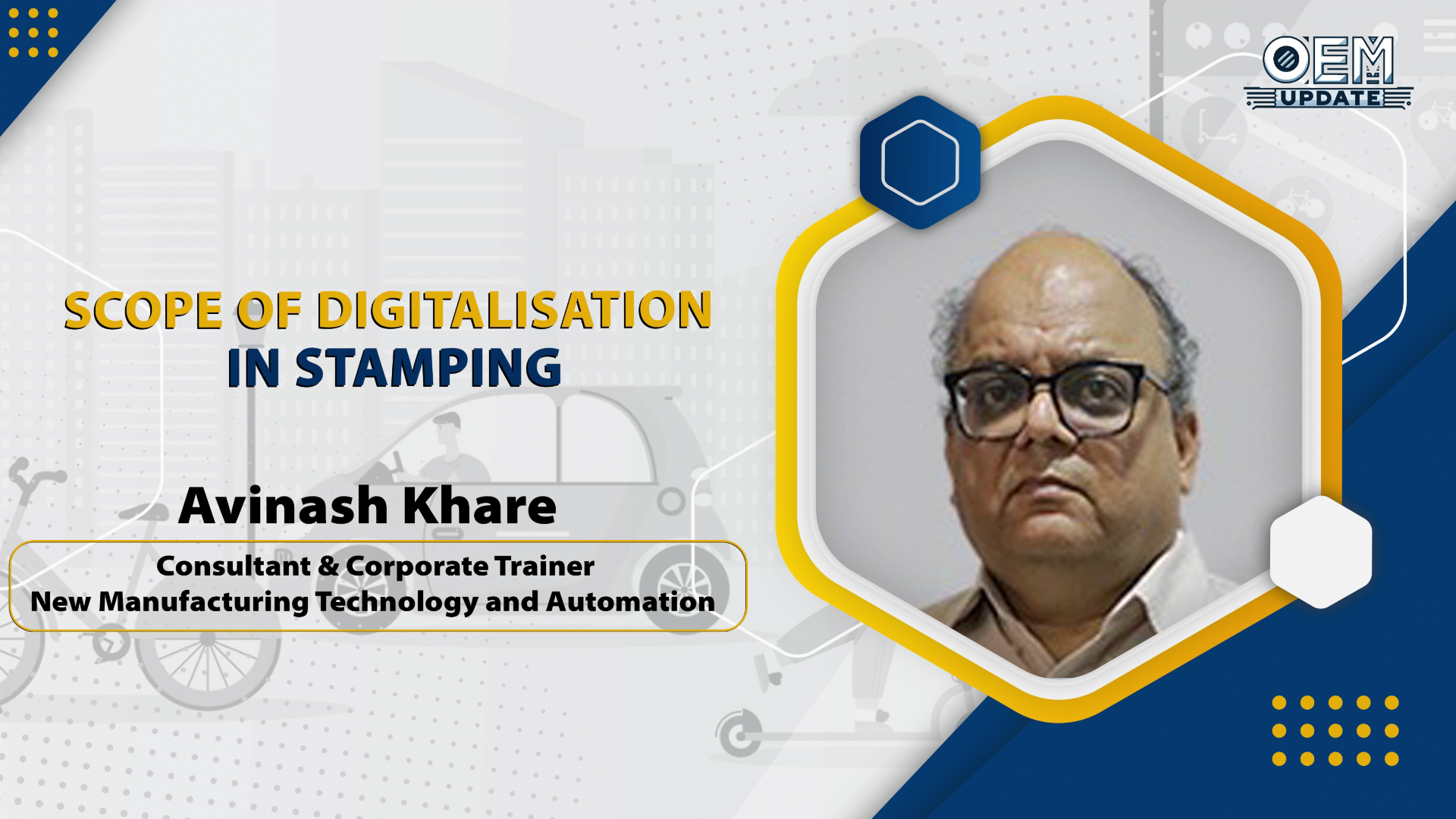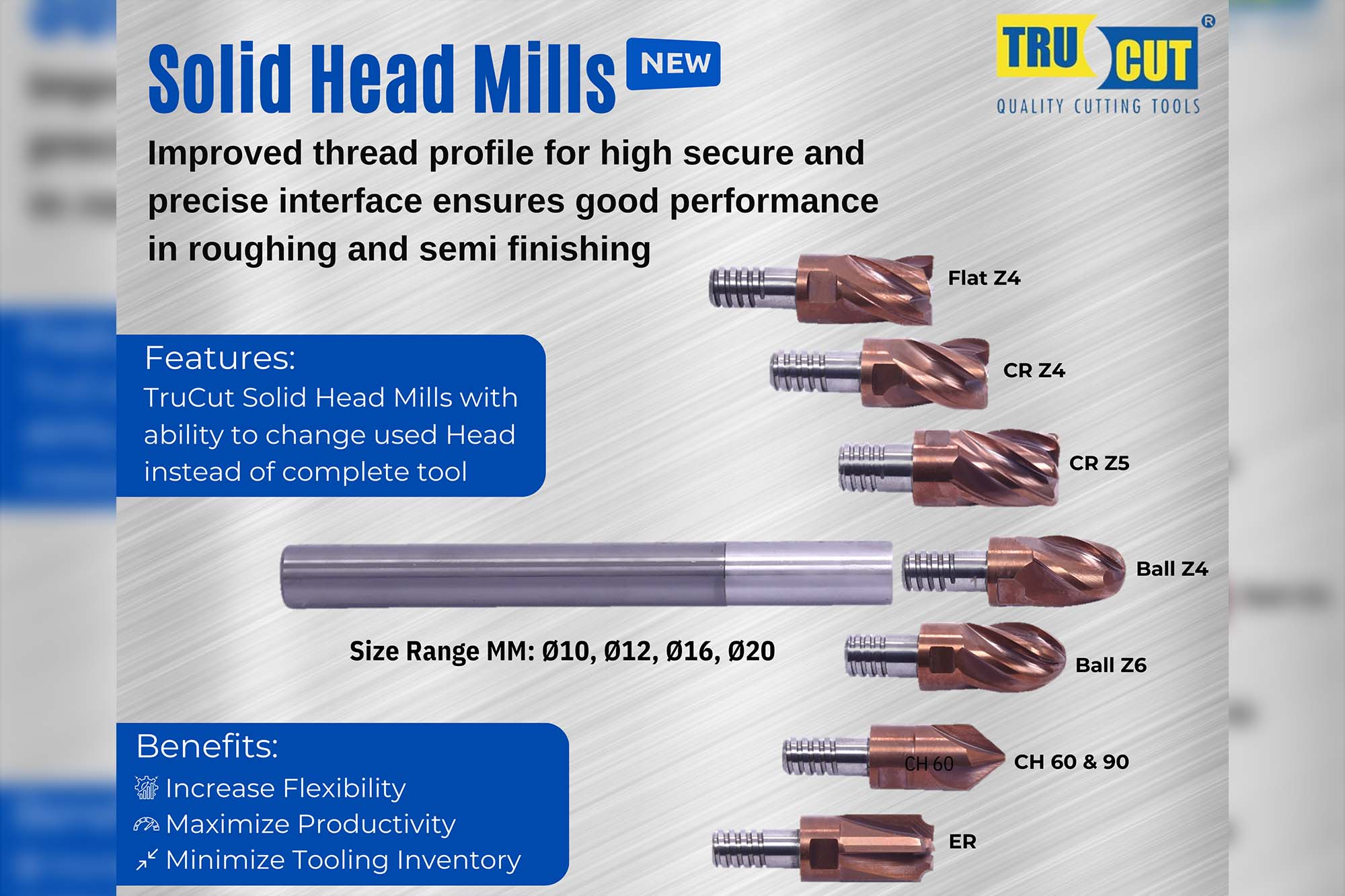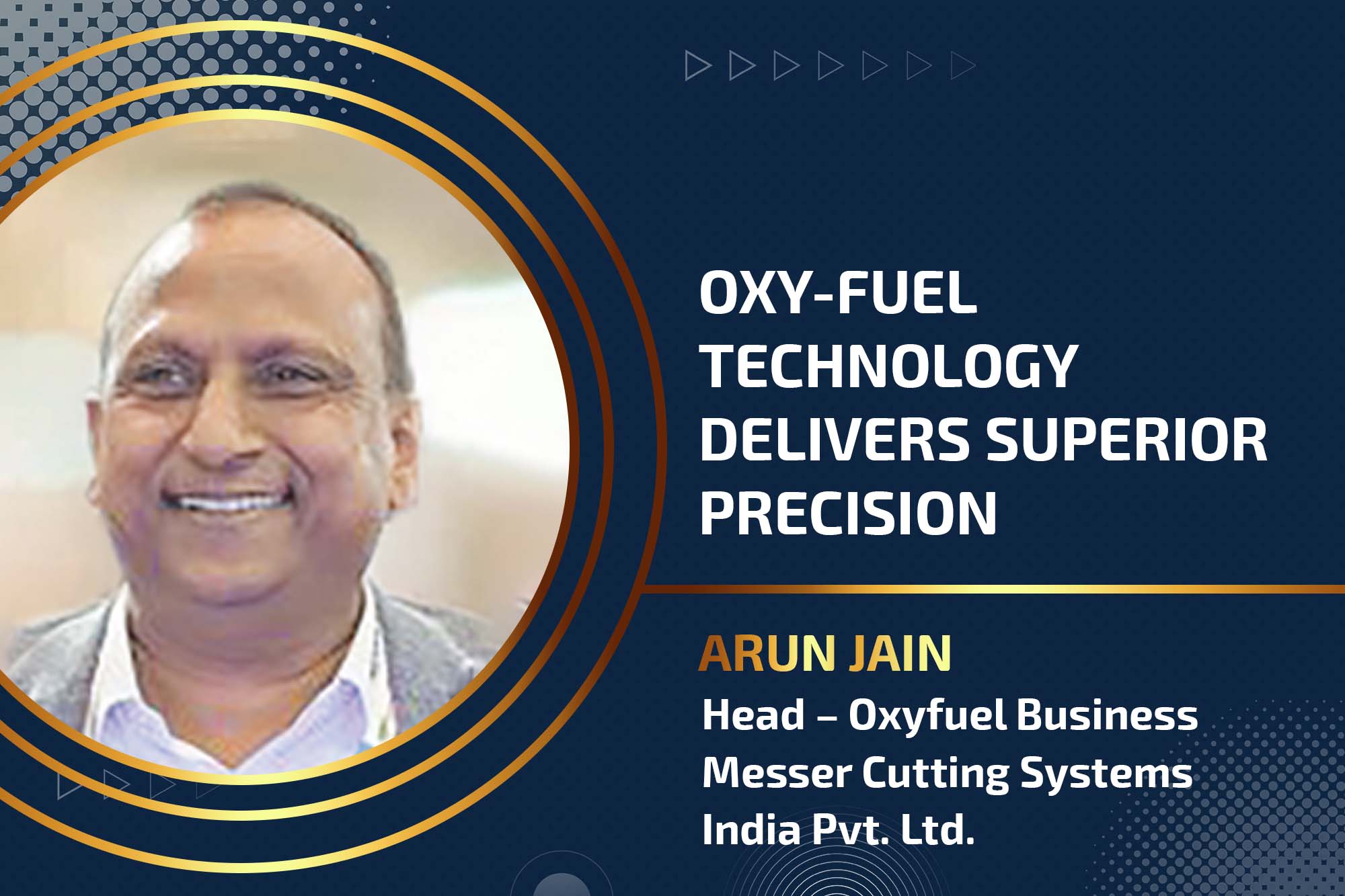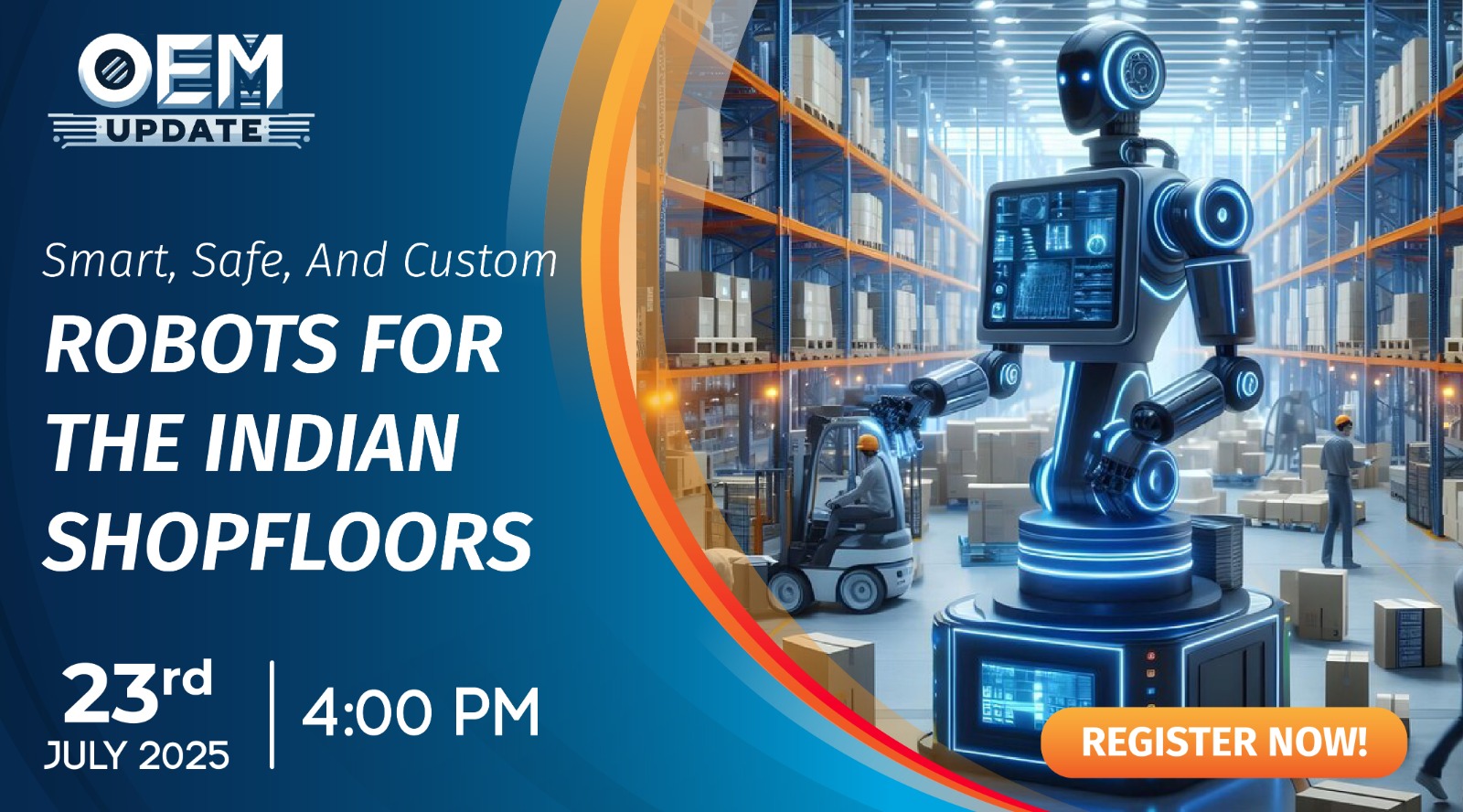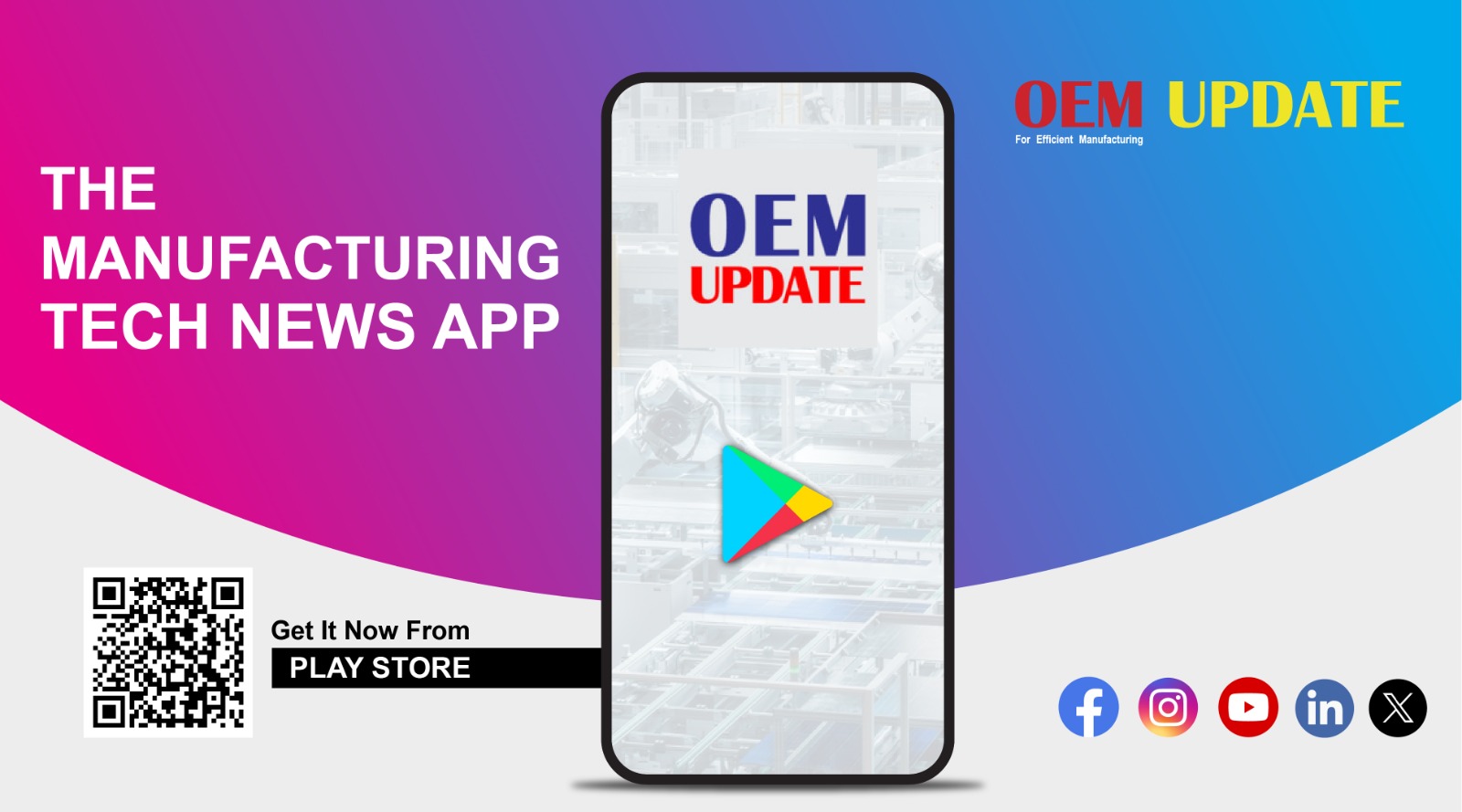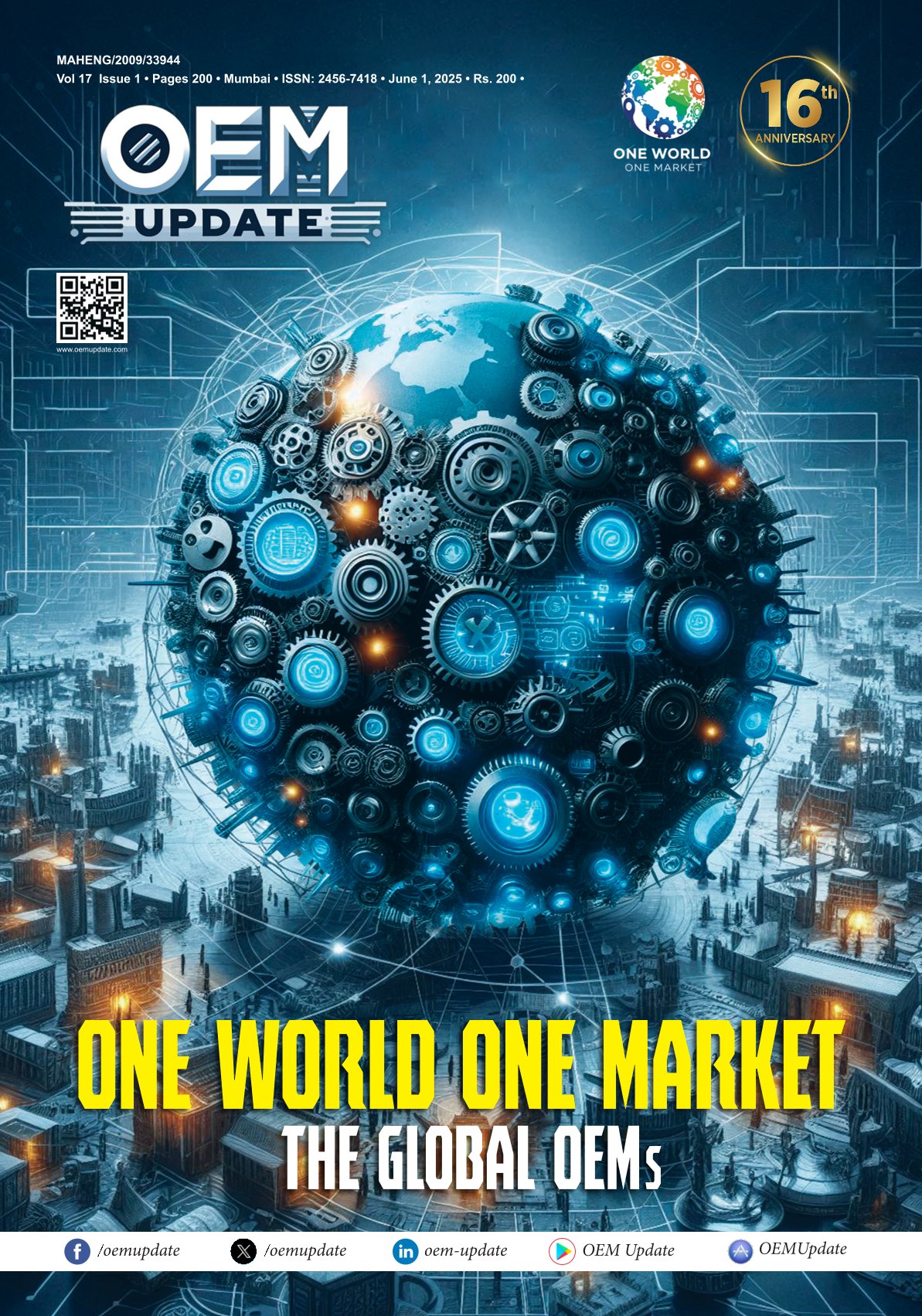Robotic Freedom [November 2012]
By admin November 23, 2012 6:16 am IST
KUKA.CNC can be used to execute DIN 66025-compliant CNC programs directly with the robot controller. Direct integration of the CNC kernel on the robot controller turns the industrial robot into a machine tool with an open kinematic system that combines the advantages of an industrial robot with those of a CNC controller
Machining with industrial robots is a wide spread application. The flexibility of industrial robots opens up a large range of application that until now has involved primarily the finishing of series products. Taps and fittings are ground and polished under robotic guidance, injection moulded parts are trimmed and cut to size by robots, and castings are finished, fettled or deburred.
While many CAD/CAM-based systems already exist for the offline programming of robots, there has never yet been an integrated approach to process data all the way to the robot controller. The prerequisite for processing programs until now was the compilation of the CNC programs into the corresponding robot language with the aid of an adapted post-processor. This automatically resulted in a loss of information, as functions from the CNC program were not always supported in the widely differing robot languages.
KUKA.CNC dispenses with the old constraintsKUKA.CNC has eliminated this limitation. The direct integration of a CNC kernel on the robot controller gives the robotic machining system an inherent range of additional functions.
With KUKA.CNC, KUKA Roboter GmbH offers the possibility of executing DIN 66025-compliant CNC programs directly with the robot controller. The complete standard code can be interpreted by KUKA.CNC and implemented by the robot (G functions, M/H/T functions, local and global subprograms, control command structures, loops, etc.). These options broaden the range of applications for an industrial robot, particularly in the following fields:• Milling of shaped parts made of soft/semi-hard materials, such as wood, plastic, aluminium, composite materials, etc.• Polishing and grinding of shaped parts• Coating and surface treatment of complex workpiece surfaces• Trimming and cutting of complex workpieces and workpiece contours• Laser, plasma, waterjet cutting of complex workpieces.
Direct integration of the CNC kernel on the robot controller turns the robot into a machine tool with an open kinematic system that combines the advantages of an industrial robot, such as the large workspace, high flexibility, low investment costs and 6-axis machining, with those of a CNC controller, such as G-code programming, CNC user interface, tool radius compensation, extensive point anticipation, advanced spline path planning and user-friendly tool management.
Cookie Consent
We use cookies to personalize your experience. By continuing to visit this website you agree to our Terms & Conditions, Privacy Policy and Cookie Policy.
